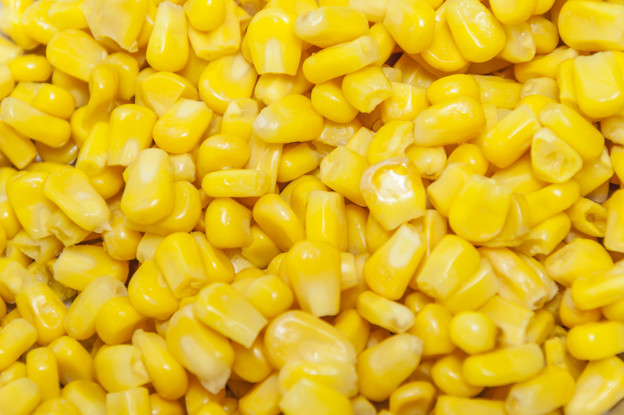top of mind news
- The Relative Safety of Outdoor Dining
- Beware the COVID menu police: California cracks down on outdoor restaurants with new rule that requires customers to order a ‘meal’ with alcohol – and wings, cheese sticks, calamari and fries are NOT considered meals
- Big Restaurant Chains Could See Sales Rebound This Week
- Feeling The Pain: Channel Shift Impact On Full-Service Restaurants
- State of the Restaurant Industry
Poultry
 For the week ending July 25th, total chicken slaughter was down 3.3% from the year prior which left the six-week production total 4.2% less than a year ago. Bird weights were below the year prior for the third time in the past four weeks which caused ready-to-cook (RTC) production being down 4.7% (y/y). Wing prices remain supported on tighter production schedules and the restart of major league sports which has likely helped boost demand. Dark broiler meat prices continue to languish and have had little luck finding support so far this summer. Chicken breast meat values are weakening, seasonally, but tighter production schedules may underpin prices some heading into the late summer.
For the week ending July 25th, total chicken slaughter was down 3.3% from the year prior which left the six-week production total 4.2% less than a year ago. Bird weights were below the year prior for the third time in the past four weeks which caused ready-to-cook (RTC) production being down 4.7% (y/y). Wing prices remain supported on tighter production schedules and the restart of major league sports which has likely helped boost demand. Dark broiler meat prices continue to languish and have had little luck finding support so far this summer. Chicken breast meat values are weakening, seasonally, but tighter production schedules may underpin prices some heading into the late summer.
Beef
Another light weekend harvest left last week’s cattle slaughter at 638k head, 1.2% below the week prior but 0.8% over a year ago. Still, beef production was 3.8% larger than last year. Wholesale beef prices continued to firm, with the increases being led primarily by the middle meats. Seasonal price support is typical into mid-August for the ribs and PSMOs which usually make the biggest moves. Beef 50s prices have been edging up for the past couple of weeks, and there may be another few weeks of increases before prices retreat. Lean beef trim prices are weakening, and more modest declines may persist.
Pork
Pork production remains robust, with output being up 10% to 12% year-over-year across the past three weeks. Larger production schedules continue to weigh heavy on wholesale pork prices, with the USDA pork cutout falling back into the upper $0.60’s range last week. Hams remain the biggest drag on the USDA cutout value however, but pork bellies have not been able to sustain much of a price rally heading into late summer either. Anticipate pork prices to firm with international exports having the potential to bolster prices into the early fall.
THE SEA
Seafood
The world salmon markets remain relatively attractive due in part to slack demand. Norway’s Nasdaq salmon index recently fell to multi-month lows, down 11% during the previous four weeks. A declining value of the U.S. dollar could temper salmon imports in the coming months some. Still, salmon foodservice buying is anticipated to remain subpar which could mitigate any notable price inflation.
THE GARDEN
Produce
The tomato markets have generally remained inflated during the last week. Tropical Storm Hanna has caused some supply disruption at the border which is helping support the markets. Further, the domestic harvest has been tracking below year ago levels. For the week ending July 25th, total tomato shipments were down 33% from 2019. History suggests that the tomato markets could remain firm throughout August. The avocado market has been range-bound as of late but the risk in the market at least in the near term is likely to the upside.
THE KITCHEN SINK
Dairy
CME cheese block prices fell sharply lower last week. Cheese barrel prices were under pressure as well. Lackluster U.S. cheese exports due to still expensive prices compared to the global cheese markets may influence prices even lower in the near term. But the U.S. government has some additional allocated resources for food box purchasing which could bring some eventual price support. Last week CME spot butter prices hit the lowest level in 11 weeks. Improving U.S. milk output is equaling big cream supplies for butter manufacturing. This factor could temper seasonal prices rises for butter this month.
Grains
The domestic corn and soybean crops are progressing under relatively favorable conditions. As of July 26th, the corn and soybean crops both had ratings at 72% in either good or excellent condition, well ahead of last year’s stressed crop. This is fueling expectations for at least adequate feed supplies this fall and into 2021.
Oil
Nearby natural gas futures are currently the costliest since early May. Very warm temperatures this summer are supporting natural gas fueled electricity demand. This factor and entering the historical active weeks for hurricanes could support natural gas price increases even more in the coming weeks.













